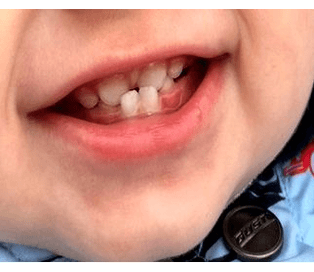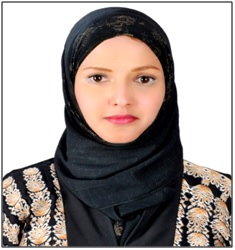PREVALENCE OF MALOCCLUSION AMONG YEMENI CHILDREN OF PRIMARY SCHOOLS
Keywords:
Malocclusion, prevalence, primary school children, YemenAbstract
Objective: Malocclusion is every difference in the arrangement of teeth beyond the standard of regular occlusion illustrated by anomalies within the dental arches. The purpose of this study was to measure prevalence of malocclusion between primary school children in Sana’a city Yemen.
Methods: A cross sectional study was conducted on 1079 school children (546 girls and 533 boys), their age ranged from 7 to 12 years old from public and private schools selected randomly in Sana'a City, Yemen. The prevalence of malocclusion was investigated according to age, gender and school type based on Angle's classification.
Results: The study showed that the overall prevalence of malocclusion among school children was 81.1%, in which Class I normal molar association was found only in 18.9% of school children, while Class I malocclusion included the highest percentage of the sample 70.4%, followed by Class II relation 9.5%, and Class III involved only 1.1%. The most prevalent malocclusion trait was spacing 35.7%, whereas the crowding was present in 30.0% of the sample. The deep bite was present in 10.1% followed by anterior crossbite 8.8%, midline diastema 8.6%, anterior open bite 4.5%, posterior crossbite 4.0%, and the least noted malocclusion trait was posterior open bite 0.4%.
Conclusion: In conclusion, there was a high rate of malocclusion in school children and significantly increased with age, class I malocclusion was the most common followed by Class II malocclusion, while Class III was the rear. The most prevalent occlusal problem was spacing, followed by crowding. Thus, 7-12 year-olds can benefit from interceptive and preventive oral health procedures which may either entirely prevent or reduce the development of serious types of malocclusions afterward in their lives.

Peer Review History:
Received 8 December 2019; Revised 15 January 2020; Accepted 20 February; Available online 15 March 2020
Academic Editor: Ahmad Najib , Universitas Muslim Indonesia, Indonesia, ahmad.najib@umi.ac.id
, Universitas Muslim Indonesia, Indonesia, ahmad.najib@umi.ac.id
Reviewer(s) detail:
Dr. George Zhu , Tehran University of Medical Sciences, Tehran, Iran, sansan4240732@163.com
, Tehran University of Medical Sciences, Tehran, Iran, sansan4240732@163.com
Dr. Gehan Fawzy Abdel Raoof Kandeel , Pharmacognosy Department, National Research Centre, Dokki, 12622, Giza, Egypt, gehankandeel9@yahoo.com
, Pharmacognosy Department, National Research Centre, Dokki, 12622, Giza, Egypt, gehankandeel9@yahoo.com
Downloads

Published
How to Cite
Issue
Section

This work is licensed under a Creative Commons Attribution-NonCommercial 4.0 International License.









 .
.